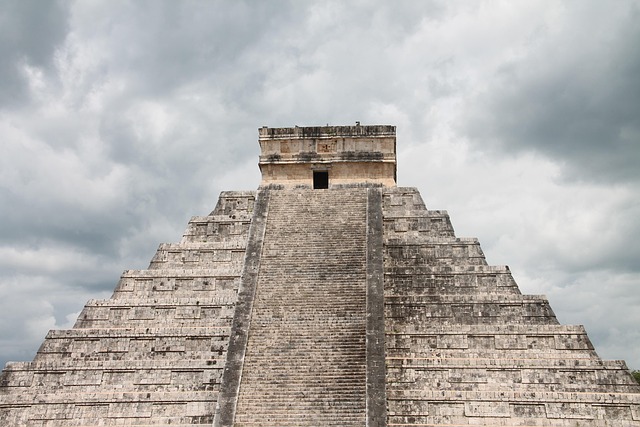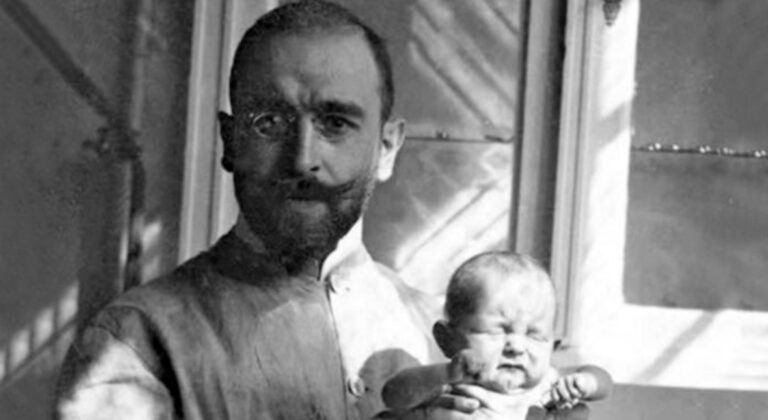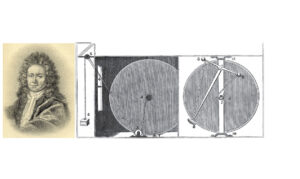Here are some fascinating and lesser-known facts about the construction of the Empire State Building:
1. It Was Built in Just Over a Year
Construction began on March 17, 1930, and was completed by May 1, 1931—in only 410 days.
At its peak, the building rose at a rate of 4.5 stories per week, an astonishing pace for the era.
2. 3,400 Workers – Many Were Immigrants and Mohawk Ironworkers
A large portion of the workforce included immigrants and a group of Mohawk “skywalkers” from the Kahnawake reservation near Montreal.
Mohawk workers were especially skilled at high-steel work and had a reputation for fearlessness at great heights.
3. It Was Designed “Downward” from the Top
The architects, Shreve, Lamb & Harmon, started designing the top floors first, working their way down—an unusual method that helped fast-track the planning process.
4. It Was the Tallest Building for 40 Years
Standing at 1,250 feet (381 meters) to the roof (not including antenna), it held the title of world’s tallest building from 1931 until 1971, when the North Tower of the World Trade Center was completed.
5. No Casualties on Record During Construction—Though Disputed
Officially, only five workers died during its construction—an incredibly low number for such a massive project. However, some historians argue the number may have been higher but underreported.
6. It Had a Mooring Mast for Airships
The spire was originally designed as a mooring mast for dirigibles (airships).
The idea was quickly abandoned after one failed attempt, due to dangerous updrafts and impracticality.
7. It Was Nicknamed the “Empty State Building”
Completed during the Great Depression, only about 25% of its office space was initially rented.
It earned the nickname the “Empty State Building” in its early years and didn’t become profitable until the 1950s.
8. Materials Were Pre-Fabricated for Speed
Much of the steel, aluminum, and stone used was pre-cut and pre-fitted off-site, helping streamline construction.
60,000 tons of steel were used, with some pieces arriving every 15 minutes by truck.
9. Wind Was a Serious Design Concern
Engineers ensured the structure could withstand winds of up to 100 miles per hour.
It can sway up to 1.5 inches at the top, which is imperceptible to occupants.
10. Designed Using a Slide Rule
All the calculations for the building’s structure were done without computers, relying on slide rules and hand-drawn blueprints—a testament to the precision and ingenuity of the era.
11. There Are 73 Elevators and Over 6,500 Windows
The building houses 73 elevators, including service elevators, and 6,514 windows.
It also has over 70 miles of piping and 1,860 steps to the 102nd floor.
12. Construction Was So Efficient It Became a Benchmark
At its peak, the project employed more than 3,000 workers a day, and a new floor was completed every single day.
The entire process became a case study in construction efficiency.
13. The Building Uses a Gigantic Amount of Power
The Empire State Building consumes enough electricity to power about 40,000 average homes.
It underwent a major energy efficiency retrofit in the 2010s, cutting its energy use by over 30%.
14. Its Height Was a Strategic Business Move
The building’s height wasn’t just about prestige—it was a competitive tactic to surpass the Chrysler Building, which was being built around the same time.
The spire was added in secret to beat the Chrysler Building by just 125 feet.
15. King Kong Cemented Its Pop Culture Status
The 1933 movie “King Kong” made the Empire State Building a global icon.
Interestingly, the film was released just two years after the building opened, helping it become part of American mythology almost instantly.
16. A Plane Once Crashed Into It
In 1945, a B-25 bomber crashed into the 79th floor during heavy fog.
The impact killed 14 people but didn’t compromise the building’s structural integrity—testament to its robust design.
17. It Had a 24-Hour Construction Schedule
Crews worked in continuous shifts, 24 hours a day, to meet the aggressive timeline.
The efficiency cut labor costs dramatically during a time of widespread unemployment.








